Motorcycling along Ho Chi Minh Trail
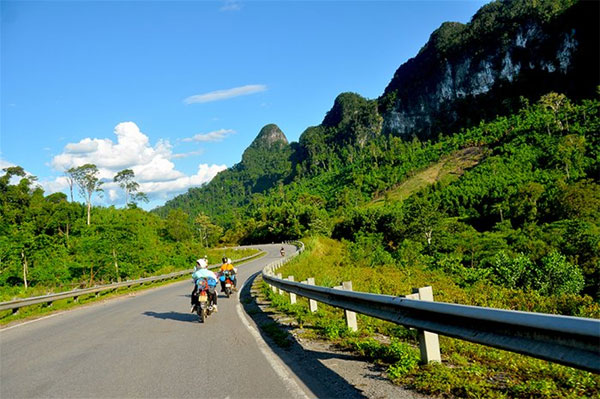 |
| A view of Ho Chi Minh Trail – Photo: Yen Thao |
In preparation for a good journey, travellers should have their motorbikes thoroughly maintained and equipped with necessary tools as the road is not yet found on the tourism map.
Travellers will have a chance to admire the picturesque beauty of forests and mountains and learn about the culture of different ethnic groups in Vietnam.
Starting from Hanoi, our group followed Ho Chi Minh Trail to Hoa Binh Province before reaching Thanh Hoa, Nghe An, Ha Tinh, Quang Binh, Quang Tri, Hue and finally Hoi An City in Quang Nam Province.
During the 15-day cruise, we visited famous wartime locations and historical relics of the country. Among them is Ha Tinh Province’s Dong Loc T-Junction which played a vital role in the transportation of necessities and ammunition from the north to the south. Dong Loc T- Junction was also associated with the death on July 24 in 1968 of 10 young female volunteers.
The trip also took in Truong Son Cemetery in Quang Tri Province, Hien Luong Bridge over Ben Hai River which marks the 17th Parallel where the Geneva Accords of 1954 partitioned the country into a northern and a southern zone, Quang Tri Citadel that was built from the 16th to 17th centuries in Quang Tri Province, and UNESCO site Ho Dynasty Citadel in Thanh Hoa Province.
We also experienced the difficult life of minority ethnic groups living along Ho Chi Minh Trail. Pako children dropped out of school since they have to earn a living by selling incense near Truong Son Cemetery while Thai families in Hoa Binh Province cannot afford to send their children to secondary school.
Those ethnic people are hospitable and friendly. They allowed us to stay overnight and eat in their homes.
What the stars mean:
★ Poor ★ ★ Promising ★★★ Good ★★★★ Very good ★★★★★ Exceptional
Latest News
More News
- Potential rises for golf tourism boom (November 06, 2024 | 15:17)
- Ba Ria-Vung Tau strengthens regional links to bolster tourism (November 04, 2024 | 10:00)
- Vietnam attracts growing interest from global travellers (October 28, 2024 | 17:59)
- Vietjet receives latest aircraft from Airbus in France (October 08, 2024 | 18:02)
- Telling travel stories through movies (October 08, 2024 | 14:00)
- South Korean tourists lead Vietnam’s tourism revival (October 08, 2024 | 11:49)
- Vietnam a golden land for golf tourism (October 08, 2024 | 11:41)
- Con Dao leads the way in circular tourism (October 08, 2024 | 08:00)
- Nestlé and VNAT announce new cooperation initiative (October 02, 2024 | 15:43)
- Hanoi recognises new city-level tourist areas (September 27, 2024 | 20:25)





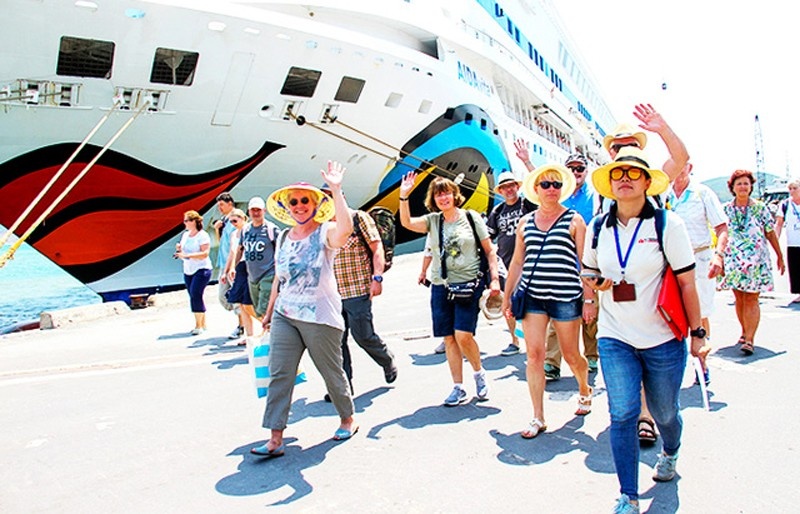
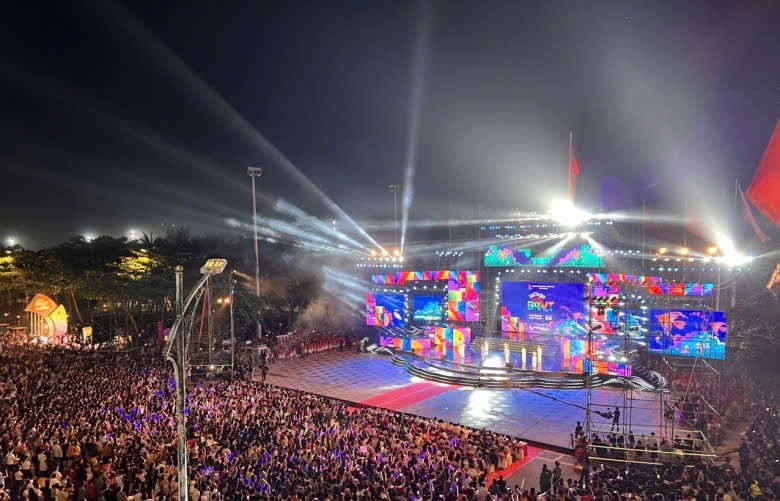






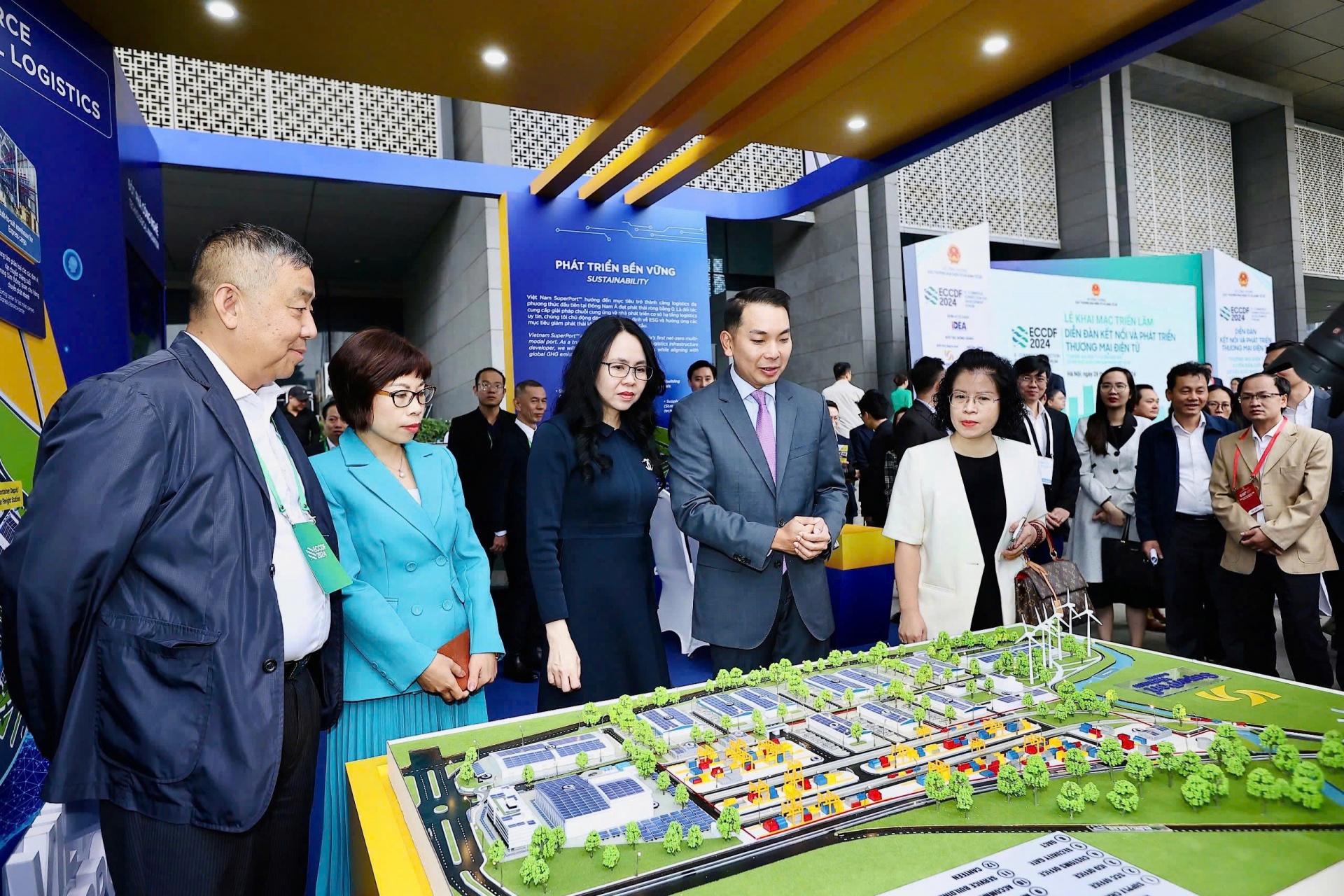


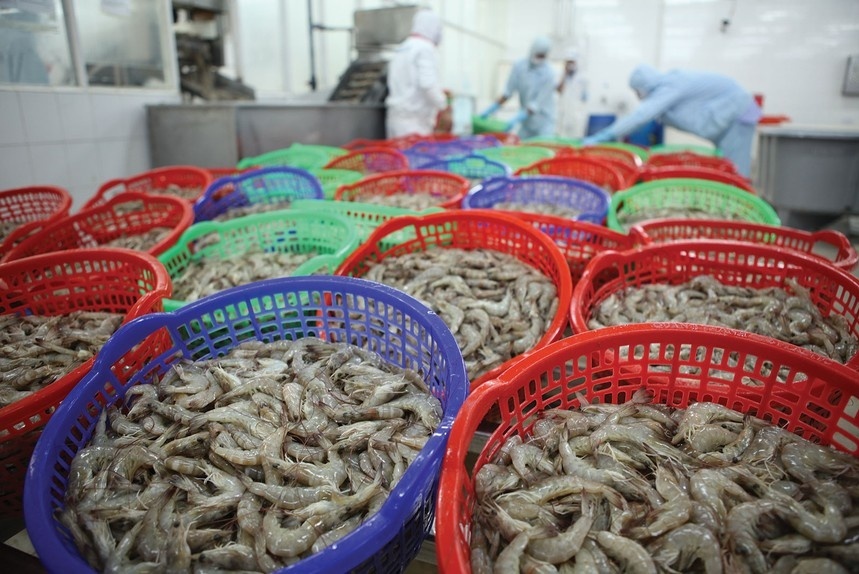



 Mobile Version
Mobile Version